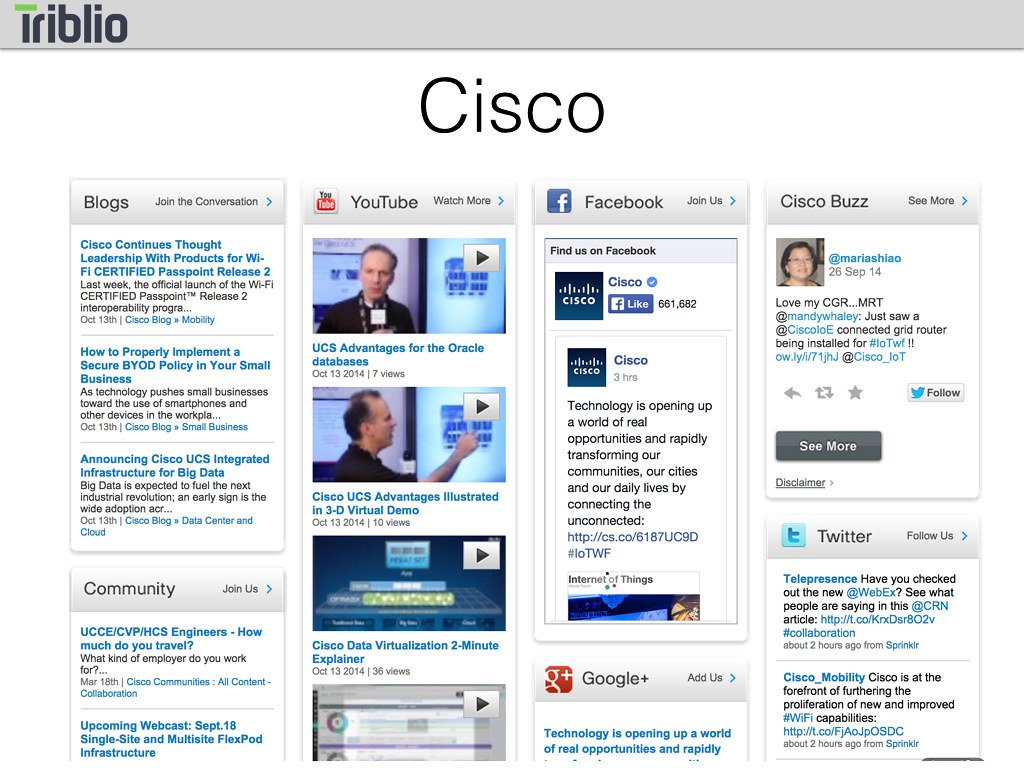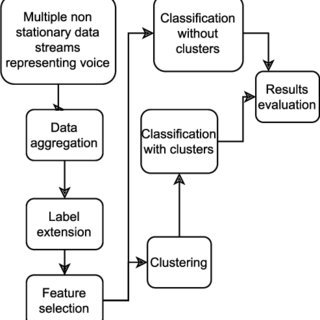In the ever-evolving world of SEO, a new phenomenon has emerged – the content hub. Much like a bustling marketplace at the heart of a city, content hubs are transforming the online landscape by revolutionizing the way we create and organize content. These virtual repositories act as centralized platforms, offering a plethora of information on a particular topic, while simultaneously bolstering SEO success. But what exactly are content hubs, and how can they demystify the enigmatic pillar pages that play a crucial role in driving traffic and engagement? Join us as we embark on a journey to unravel the secrets behind this content hub phenomenon, unlocking the key to SEO triumph and uncovering the power of pillar pages. Prepare to be enlightened, as we venture into the depths of digital marketing and navigate through the intricacies of this content-centric realm.
Table of Contents
- The Rise of Content Hubs: Unveiling the Strategy Behind Pillar Pages
- Unleashing the Power of Pillar Pages for SEO Dominance
- Crafting Effective Pillar Pages: Insights to Boost Organic Traffic
- Why Pillar Pages Matter: Unlocking the Secrets to SEO Success
- Q&A
- The Way Forward

The Rise of Content Hubs: Unveiling the Strategy Behind Pillar Pages
The rise of content hubs has revolutionized the way businesses approach their SEO strategies. In this post, we delve deep into the phenomenon of content hubs, with a specific focus on unraveling the strategy behind pillar pages. Whether you are a beginner trying to navigate the world of SEO or a seasoned marketer looking to optimize your website, this article will provide invaluable insights into the power and effectiveness of pillar pages.
So, what exactly are content hubs? Simply put, they are comprehensive, interconnected clusters of content centered around a specific topic or theme. Think of content hubs as virtual libraries that house all relevant information under one roof. The key to this strategy lies in the creation of pillar pages. Pillar pages act as the epicenter of a content hub, acting as the main hub that branches out to other related content pieces through internal links. These pillar pages are created to cover broad topics, serving as a one-stop resource for everything a reader might need to know about a particular subject.
Why are pillar pages essential for successful SEO?
- Pillar pages provide a clear structure and organization to your website, making it easier for search engines to understand and index your content. This improves your chances of ranking higher in search results.
- They allow you to target keywords strategically by incorporating them naturally into your pillar page. This helps search engines recognize the relevance of your content to specific search queries.
- By linking to relevant subtopic content within your pillar page, you enhance the user experience and navigate visitors to find related information easily.
How do content hubs and pillar pages compare to traditional SEO approaches?
Traditional SEO strategies often focused on creating multiple standalone pages targeting specific keywords. On the other hand, content hubs and pillar pages harness the power of comprehensive, interconnected content that covers a broader subject. While standalone pages may capture short-tail keyword traffic, content hubs and pillar pages excel in attracting long-tail keyword traffic, which tends to be more specific and driven by user intent.
Furthermore, unlike standalone pages that risk diluting your SEO efforts, content hubs consolidate your expertise, establishing your website as a go-to resource. This not only fosters authority but also encourages backlinks and social sharing, boosting your website’s overall visibility and credibility.

Unleashing the Power of Pillar Pages for SEO Dominance
When it comes to SEO dominance, one concept that has been revolutionizing the digital marketing landscape is the Content Hub Phenomenon. At the heart of this phenomenon lies the powerful tool known as Pillar Pages. These pages are like the sturdy pillars that support the entire structure of your website’s content. By creating a pillar page, you not only boost your website’s authority and visibility but also deliver a seamless browsing experience for your visitors.
So, what exactly is a pillar page? Think of it as the ultimate guidebook to a specific topic or theme. It covers all the essential aspects, providing users with a comprehensive overview. A well-constructed pillar page incorporates various subtopics, breaking down the information into easily digestible chunks. It serves as a one-stop destination for users seeking in-depth knowledge on your chosen subject. By utilizing internal links, you can direct traffic to specific cluster content, which delves deeper into each subtopic.
But the benefits of pillar pages go beyond just enhancing user experience. They also play a vital role in boosting your website’s SEO. By focusing on a specific topic and consolidating related content onto a single page, you send a clear signal to search engines about your expertise in that area. This can result in higher search rankings and increased organic traffic. Additionally, pillar pages facilitate website organization, making it easier for search engine crawlers to index your content.
Not sure how to get started with a pillar page? Here are a few key steps to guide you:
- Identify a broad topic within your industry that aligns with your target audience’s interests.
- Break down this topic into subtopics or categories. These will serve as the clusters for your pillar page.
- Create in-depth content for each subtopic within its respective cluster, ensuring they all link back to your pillar page.
- Craft a compelling pillar page that provides an overview of the main topic and includes links to each subtopic within its clusters.
- Continually update and expand your pillar page as your knowledge and expertise grow.
With the power of pillar pages, you can establish yourself as a trusted authority in your industry while improving search rankings and driving organic traffic. So, take the plunge and unlock the full potential of this Content Hub Phenomenon – your website’s SEO success awaits!

Crafting Effective Pillar Pages: Insights to Boost Organic Traffic
Crafting effective pillar pages is essential for boosting organic traffic to your website. Pillar pages, also known as content hubs, play a crucial role in SEO success. They act as central authoritative sources of information on a specific topic, providing valuable insights and resources for your audience. In this section, we will demystify pillar pages, uncovering the secrets behind their effectiveness and how they can significantly impact your website’s visibility in search engine rankings.
1. Comprehensive Information: Pillar pages serve as a comprehensive hub of content that covers various aspects of a particular topic. They consolidate all the essential information into a single page, making it easier for your audience to find and access the information they need. By organizing your content into sections and subtopics, you create a user-friendly structure that enhances readability and user experience.
2. Internal Linking Strategy: A well-structured pillar page includes internal links to related content on your website. These internal links not only allow users to navigate seamlessly through your content but also provide search engines with signals to understand the relevance and importance of your content. By strategically interlinking your pillar pages with supporting cluster content, you strengthen the overall SEO value of your website.
3. Improved SEO Performance: Pillar pages are designed to target high-volume and competitive keywords related to your industry or niche. By optimizing them with relevant meta tags, headers, and incorporating targeted keywords, you improve your chances of ranking higher in search engine results pages. A strong pillar page can have a domino effect on your website’s SEO performance, attracting more organic traffic and boosting your overall online visibility.

Why Pillar Pages Matter: Unlocking the Secrets to SEO Success
In today’s digital landscape, understanding the power of pillar pages is essential for achieving SEO success. These content hubs have emerged as a phenomenon that can demystify the complex world of search engine optimization. Whether you’re a beginner or an experienced marketer, unlocking the secrets of pillar pages can be a game-changer for your online presence.
So, what exactly are pillar pages and why do they matter? Think of them as the foundation of your website’s content strategy. Pillar pages are comprehensive, in-depth pieces of content that cover a broad topic. They serve as a central hub that links to more specific related topics, creating a web of interconnected content. This approach not only signals to search engines that your website is an authoritative source, but it also provides a user-friendly experience for your visitors.
- Improved SEO: Pillar pages are strategically designed to target high-volume, competitive keywords, increasing your chances of ranking higher in search engine results pages (SERPs).
- Enhanced User Experience: By organizing your content into a pillar page format, you provide visitors with a seamless navigation experience, allowing them to easily explore related subtopics.
- Increased Conversion: When users find relevant and valuable information on your pillar page, they are more likely to spend more time on your site, engage with your content, and convert into loyal customers.
Unlocking the secrets to SEO success involves mastering the art of pillar pages. By incorporating this content hub phenomenon into your strategy, you can improve your website’s visibility, strengthen your online presence, and attract a larger audience. So, dive into the world of pillar pages and take your SEO game to new heights!
Q&A
Q: What is the content hub phenomenon?
A: The content hub phenomenon is a strategy used in SEO (Search Engine Optimization) that involves creating a centralized pillar page to organize and connect related content on a website.
Q: How does a content hub work?
A: A content hub is essentially a comprehensive pillar page that serves as a hub for a specific topic or theme. It acts as a central point that links to relevant subtopics or cluster pages, providing users with a more organized and user-friendly content experience.
Q: Why are pillar pages important for SEO success?
A: Pillar pages are vital for SEO success because they help to establish authority and relevance on a particular topic. By creating a content hub, search engines recognize the interconnectedness of the content, thereby increasing the chances of ranking higher in search engine results pages (SERPs).
Q: What are the main benefits of using a content hub strategy?
A: The benefits of utilizing a content hub strategy are manifold. First, it helps to improve website structure and navigation, making it easier for both search engines and users to understand the website’s content. Second, it creates a cohesive and interconnected content ecosystem, allowing for better user engagement and exploration. Lastly, content hubs can boost organic search rankings by signaling to search engines that the website is an authoritative source on the given topic.
Q: How can one create an effective content hub?
A: To create a successful content hub, one should start by identifying a broad topic or theme that is highly relevant to their website and target audience. Then, thorough keyword research should be conducted to identify related subtopics that can be addressed in cluster pages. These cluster pages should interlink with the central pillar page and with each other, creating a strong content web. Additionally, the pillar page should provide a comprehensive overview and summary of the topic, acting as a one-stop resource for users seeking information.
Q: Is a content hub suitable for all types of websites?
A: While the content hub strategy can be effective for a wide range of websites, its suitability depends on the nature of the content and the website’s goals. Generally, content-rich websites or those seeking to establish authority on a specific subject find content hubs particularly beneficial. However, smaller websites or those with limited content may not need a content hub and could benefit more from other SEO strategies.
Q: Are there any potential downsides to using a content hub?
A: While content hubs can offer numerous advantages, there are a few potential downsides to consider. Creating and maintaining a content hub can be time-consuming, requiring ongoing updates and additions. Additionally, improper implementation of interlinking or poor user experience design can result in confusion or frustration for users. Careful planning and thoughtful execution are necessary to avoid these pitfalls.
Q: How can one measure the success of a content hub strategy?
A: Success in a content hub strategy can be measured through various metrics. Tracking increases in organic search traffic to the pillar page and cluster pages is one way to gauge the content hub’s effectiveness. Analyzing user engagement metrics such as time on page, bounce rate, and click-through rates also provides valuable insights. Ultimately, the success of a content hub should align with the website’s overall goals, whether that be increased traffic, higher search rankings, or improved user experience.
The Way Forward
As we bid adieu to the fascinating realm of pillar pages for enhancing SEO success, it becomes increasingly evident that the content hub phenomenon is an enchanting force to be reckoned with. We have embarked on a journey of demystification, shedding light on the intricate web of knowledge that underpins this SEO strategy.
Throughout this voyage, we delved into the depths of what makes a pillar page truly remarkable, uncovering its profound impact on search engine rankings and user experience. We unraveled the captivating threads that connect the hub content, providing a seamless navigation experience for users and search engine crawlers alike.
In our exploration, we witnessed the endless potential of pillar pages to revolutionize the digital landscape. Like a radiant star illuminating the dark expanse of the cyberspace, content hubs captivate and engage, showcasing expertly crafted pieces that captivate our senses and inform our understanding.
But amidst this captivating phenomenon, we must not forget that the true essence of a pillar page lies in its ability to transcend mere SEO success. It is an embodiment of our collective pursuit for knowledge, serving as a sanctuary for information-seekers from all corners of the online world.
So, as we conclude this illuminating excursion, let us cherish the newfound knowledge we have acquired and carry it forth into our digital endeavors. Like a compass guiding our way, let the content hub phenomenon continue to fuel our curiosity and innovation, transforming our digital footprints into veritable pillars of wisdom.
May our websites stand tall and proud, anchored by the power of comprehensive pillar pages and fortified by the bonds of interconnected content. With this understanding, let us forge ahead, embracing the transformative potential that lies within the enigmatic world of pillar pages, unlocking the SEO success that awaits.
And with that, we bid adieu to the captivating realm of the content hub phenomenon, eager to embark on new adventures bestowed upon us by the ever-evolving landscape of digital marketing. Until we reconvene on this journey of knowledge and discovery, may pillars of wisdom guide our way, and may the content hub phenomenon continue to captivate and inspire in equal measure.

